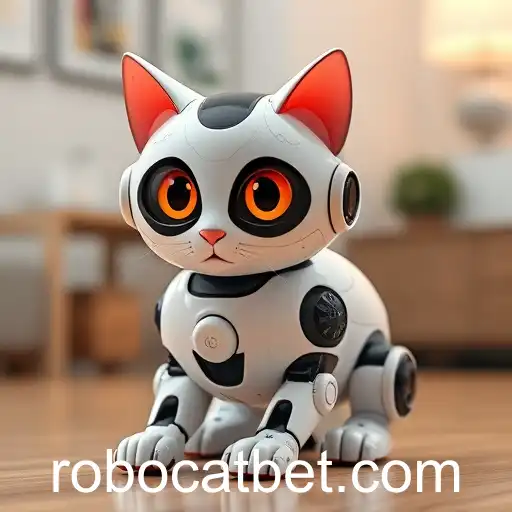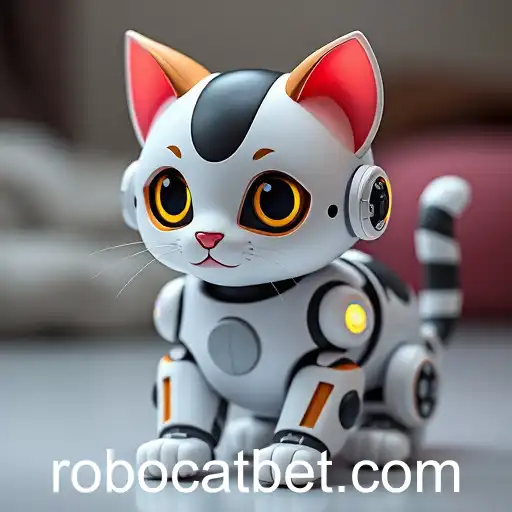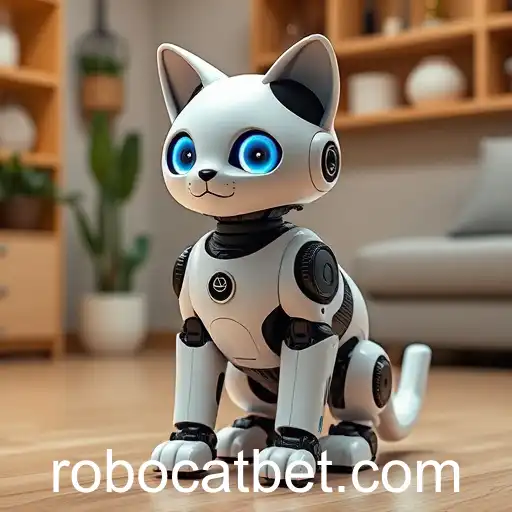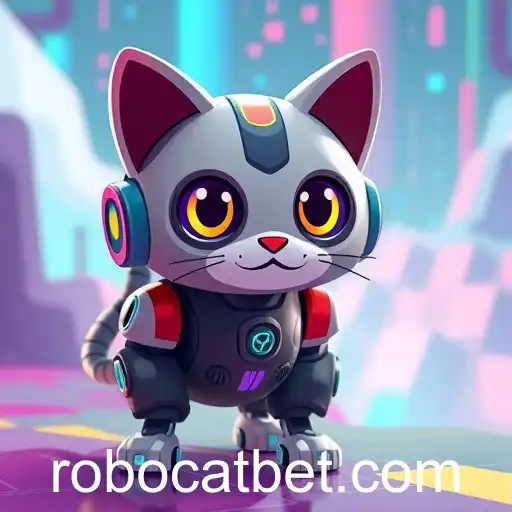
Rise of the Robocats: A Technological Leap in AI

In recent years, the advent of Robocats has taken the technological world by storm. These advanced robotic companions are not only revolutionizing the pet industry but also reshaping our understanding of emotional intelligence in artificial intelligence systems. As we stand in the year 2025, Robocats have become an integral part of many households, offering companionship and practical solutions to everyday tasks.
The journey of Robocats began with the convergence of sophisticated AI algorithms and robotics engineering. Initially, these robots were designed to emulate the appearance and basic behaviors of cats, appealing to the vast pet-loving audience. However, technological advancements have quickly propelled them into roles far surpassing mere companionship.
Today, Robocats are equipped with features that include environmental awareness sensors, emotional feedback systems, and interactive capabilities that allow them to participate in conversations with their human counterparts. Their ability to process and respond to unaided language input is particularly fascinating, showcasing the leaps made in natural language processing (NLP).
Despite the excitement surrounding Robocats, they have sparked considerable debate among technologists, ethicists, and pet enthusiasts alike. Questions regarding their impact on traditional pet adoption and their role in emotional dependence are prevalent. While some celebrate their potential to assist the elderly and individuals with disabilities, others worry about the loss of genuine human-animal interactions.
Moreover, Robocats have found their place beyond the domestic sphere. Educational institutions are employing them as interactive learning assistants, and therapy centers are exploring their use in helping individuals with social anxieties. In business environments, Robocats serve as innovative customer service representatives, capable of handling inquiries and tasks around the clock.
As the technology behind Robocats continues to develop, the possibilities seem boundless. However, pertinent issues such as data privacy, ethical programming, and the environmental impact of producing these devices remain at the forefront of industry discussions. It is crucial for legislative frameworks to adapt accordingly, ensuring that these technological advancements align with societal values and ethical standards.
In conclusion, the rise of Robocats represents a fascinating intersection of technology and daily life. They are emblematic of the broader trends in AI and robotics that are shaping the future. As society navigates this new frontier, it will be paramount to balance the challenges and opportunities presented by these artificial companions.
Impact of Robocat Technology on Urban Mobility

Exploring how Robocat technology is revolutionizing urban transport and mobility in major cities.
2025-10-07
The Rise of Robocat in Gaming Culture

Explore how the AI-powered Robocat is transforming the landscape of online gaming and community engagement.
2025-10-21
Revolutionizing Robotics: The Rise of Robocat

Exploring the impact of Robocat in the evolving world of AI and robotics.
2025-10-07
Robocat Revolutionizes Tech and AI Integration

An exploration of Robocat's impact on technology and artificial intelligence trends in 2025.
2025-10-07






